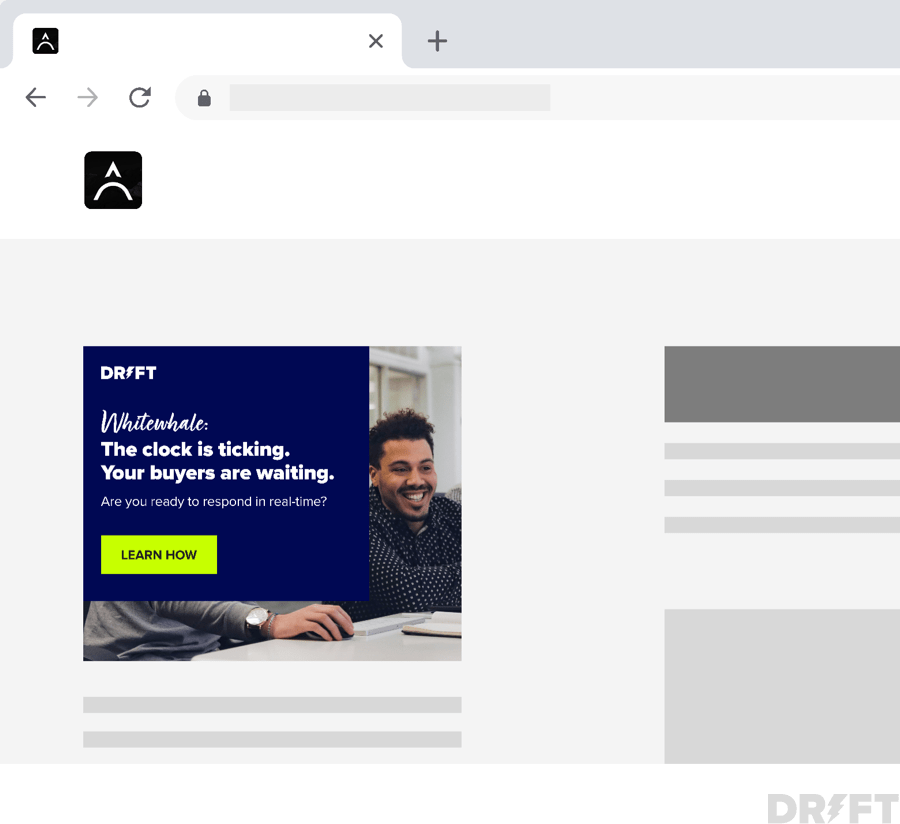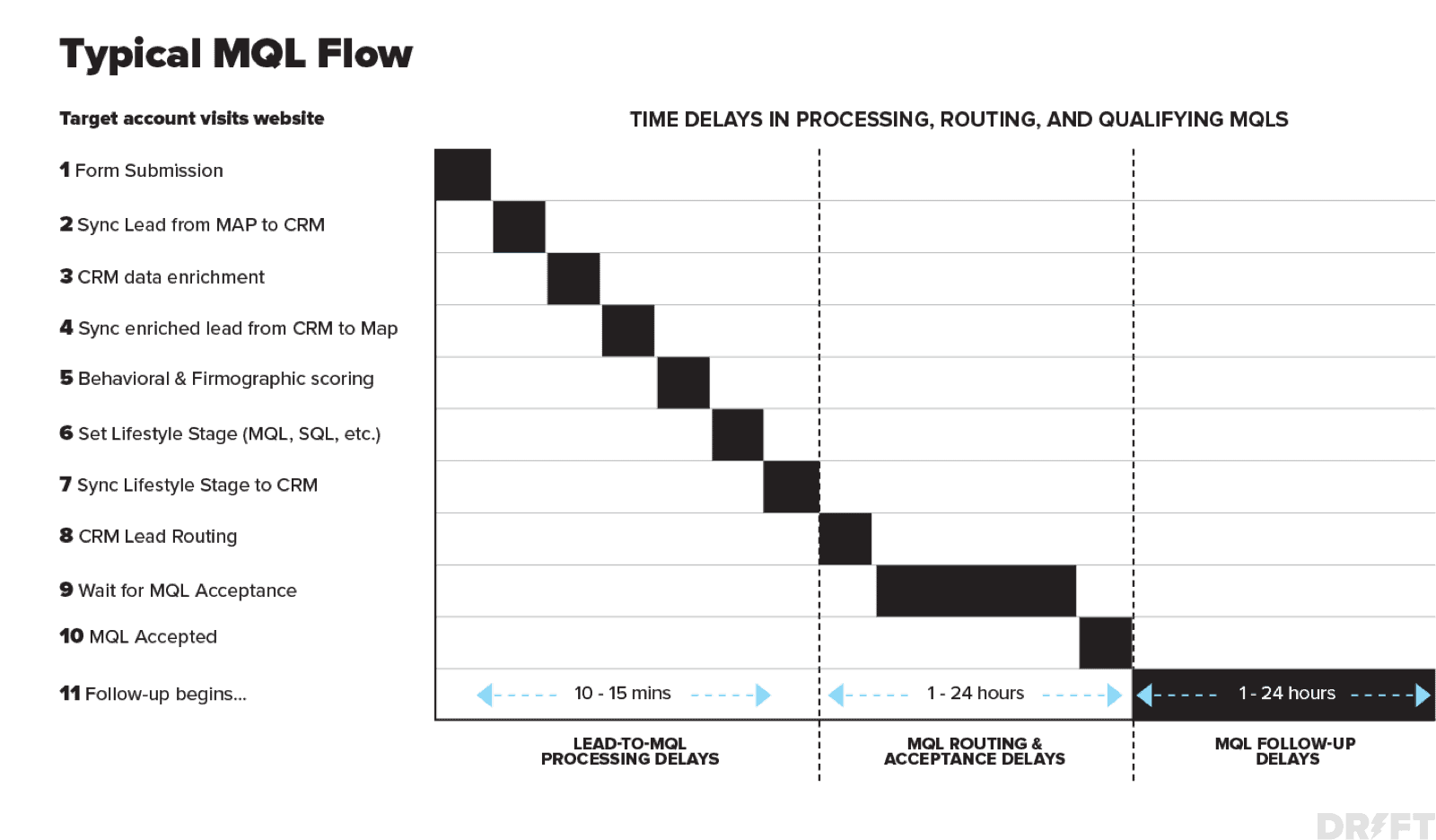Marketing is an experiment. Meaning an ad campaign that worked yesterday, might not work today. But with budgets on the line, simply trusting your gut isn’t an option. You need the data and the know-how to fail fast, win faster, and pivot quickly.
Back in 2013, the Microsoft team ran an experiment for Bing testing title text color on their landing pages. Using the data of over 32 million users, they rolled out a color change that added more than $10 million in revenue. Think about that for a second: A color change resulted in millions more dollars in revenue each year. If that doesn’t say something about the power of experimentation, what does?

That said, you don’t need a 100-person team to run experiments like Microsoft. Advertising platforms like Facebook and Google have baked-in performance insights you can track in real-time. And companies like Drift, Intellimize, Unbounce, and more can run landing page experiments on the fly. In other words, you got this. Here’s how to run your next great advertising experiment – without burning through your budget:
Experimenting with Digital Ad Assets
There is such a thing as over-optimizing. And a lot of marketers are guilty of it.
When you first run an ad campaign, you don’t want to immediately split test everything. You don’t have enough information to create a real hypothesis at this point. Instead, start with a few initial ads. You’ll be able to tell quickly whether those ads / offers are working or not based on performance and return on spend. For example, low Clicks and high Impressions might mean people pause on your ad, but aren’t compelled by your copy to click.
Based on the initial performance of your offers, here are some other ad elements to test:
Offers/CTAs
Billy Gene Shaw and his team often swap offers entirely rather than tweaking design or copy. Not only does this allow them to drive more ROI and pivot quickly, but understand the offers that resonate with audiences the most. Once you have a winning offer, you can test different elements like the ones listed below.
Headlines & Copy
A low Click-Through-Rate might mean your headline isn’t having the desired impact. Run a few variations, identify high-performers, and then optimize and iterate from there. You can also test the core ad copy as well. Just make sure it aligns with whatever headline you use.
Targeting Criteria
Experimenting with targeting criteria is a great way to capture new contacts. For example, if you’re targeting based on geo-location data, it might be worth seeing if certain behavioral or other criteria give you more visibility. Just make sure the criteria is aligned with the audience you’re looking to target (and your marketing goals).
Timing
You don’t want your ad running when your audience isn’t going to see it. For example, running ads on Facebook makes more sense on the weekend or after work hours vs. during a nine-to-five workday.
Design
Play with things like colors, text, and other design elements for display, video, and flash ads. Just don’t go overboard with your variations. And make sure your designs don’t stray too far from brand guidelines.

Ad Types
Test certain offers across different types of ads to see what works best. For example, a carousel ad on LinkedIn is a good way to promote a report with visually compelling data.
Keywords
Your team should constantly research keywords to ensure your offers appear for the right search terms.
Ad Networks & Sites
If you’re running a display ad, it’s worth testing different ad networks or websites over time, based on the habits of your target audience.
Experimenting with Digital Ad Landing Pages
Earlier we shared best practices for creating landing pages that drive conversions. Those same elements can be tested to optimize your pages further. Things like:
- Headlines
- Copy
- Images
- Chat hooks
- Site navigation
- Color / Design
- Page length
- Mobile optimization
- Page performance, and more.
Using Drift in unison with technology like Unbounce, Optimizely, Marketo, Intellimize, and similar offerings can dramatically scale your landing page experiments. With Drift, you can customize chat hooks based on the source channel. For example, if a buyer comes in from a Google search ad, acknowledge this in your hook. You can also use reverse IP lookup and data enrichment to greet accounts by name.
If transitioning to a form-free website seems overwhelming, there’s no need to dive in head-first. Start by using chat as a second net next to forms on your landing pages – just like Perfecto Mobile did. Using chat as a second net increased their overall website conversion rate by 4x in just six months. Similarly, you can run an experiment with two identical landing pages, one with chat and a form, and another with just a form. Split test to see which page converts better.


















